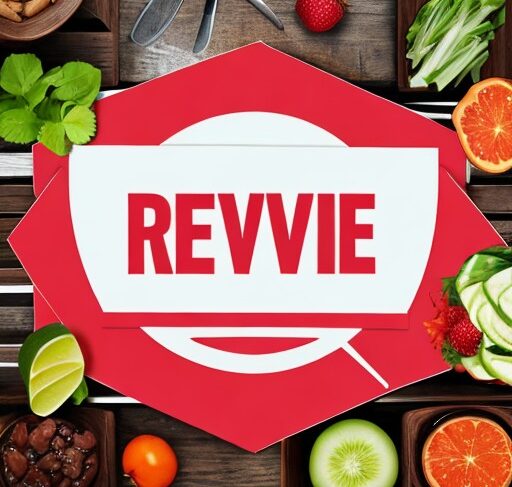Introduction: This blog delves into a remarkable similarity that bridges the worlds of human physiology and plant biology— the structural resemblance between hemoglobin and chlorophyll. Join us on a journey of discovery as we unravel the intriguing link between these two vital molecules and their role in shaping life as we know it.
Unveiling the Unexpected: Hemoglobin and Chlorophyll’s Shared Structure
A Surprising Resemblance: Hemoglobin, the oxygen-carrying protein in our blood, and chlorophyll, the pigment responsible for photosynthesis in plants, exhibit a striking structural similarity that piques scientific curiosity.
At the Crossroads of Science: This connection showcases the interconnectedness of biological processes, highlighting nature’s elegance in designing complex systems.
Hemoglobin and Chlorophyll: A Structural Odyssey
The Haem Connection: Hemoglobin’s central role is to bind oxygen in our blood, ensuring its efficient transport to body tissues for cellular respiration.
The Chlorophyll Chronicles: Chlorophyll captures light energy during photosynthesis, converting it into chemical energy that fuels plant growth.
Decoding the Shared Structural Elements: A Closer Look
The Porphyrin Framework: Both hemoglobin and chlorophyll are centered around a porphyrin ring, a molecular structure that facilitates their respective functions.
Metal Complexes: Hemoglobin contains iron at its core, while chlorophyll harbors magnesium. These metal ions play pivotal roles in each molecule’s function.
Research Perspectives: Understanding the Structural Parallels
Structural Insights: A study published in the Journal of Chemical Information and Modeling delved into the structural similarities and differences between hemoglobin and chlorophyll, shedding light on their shared elements (Bandyopadhyay et al., 2012).
Nature’s Multifaceted Symphony: The Web of Life
Interconnectedness of Life: The structural resemblance between hemoglobin and chlorophyll showcases the interconnectedness of living systems, where seemingly disparate elements are woven into a harmonious tapestry.
Conclusion: The Beauty of Shared Design
The structural kinship between hemoglobin and chlorophyll serves as a poignant reminder of the delicate balance and interconnectedness that defines our world. As science unravels the threads that tie these molecules together, we gain a deeper appreciation for the intricate design of life on Earth.
References:
- Bandyopadhyay, S., et al. (2012). Structural Similarities and Differences between Chlorophyll and Hemoglobin: Implications for Designing of Artificial Blood Substitutes. Journal of Chemical Information and Modeling, 52(7), 1828-1837.
